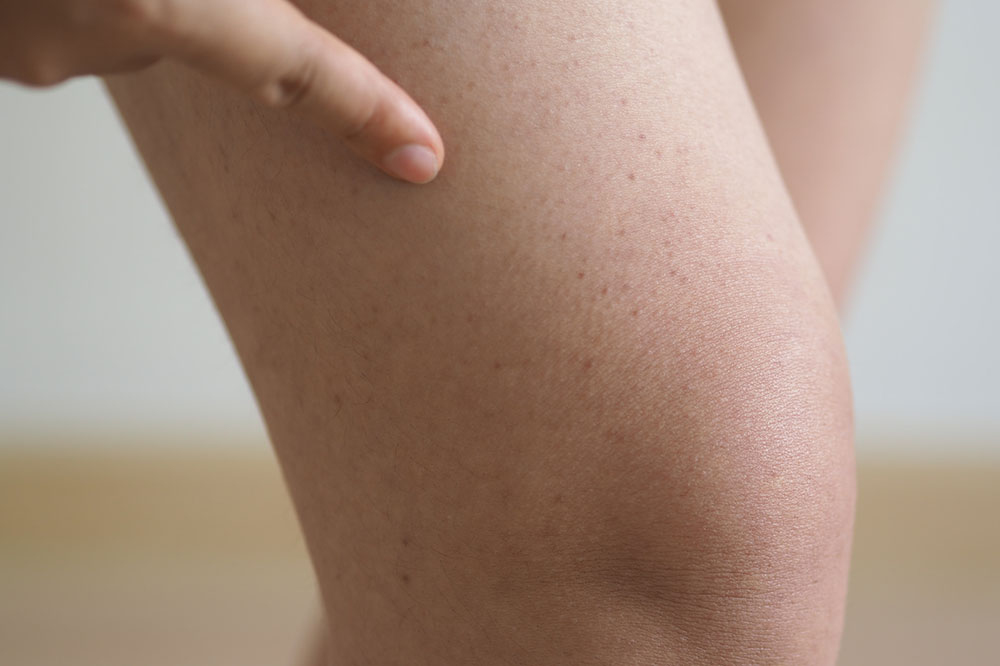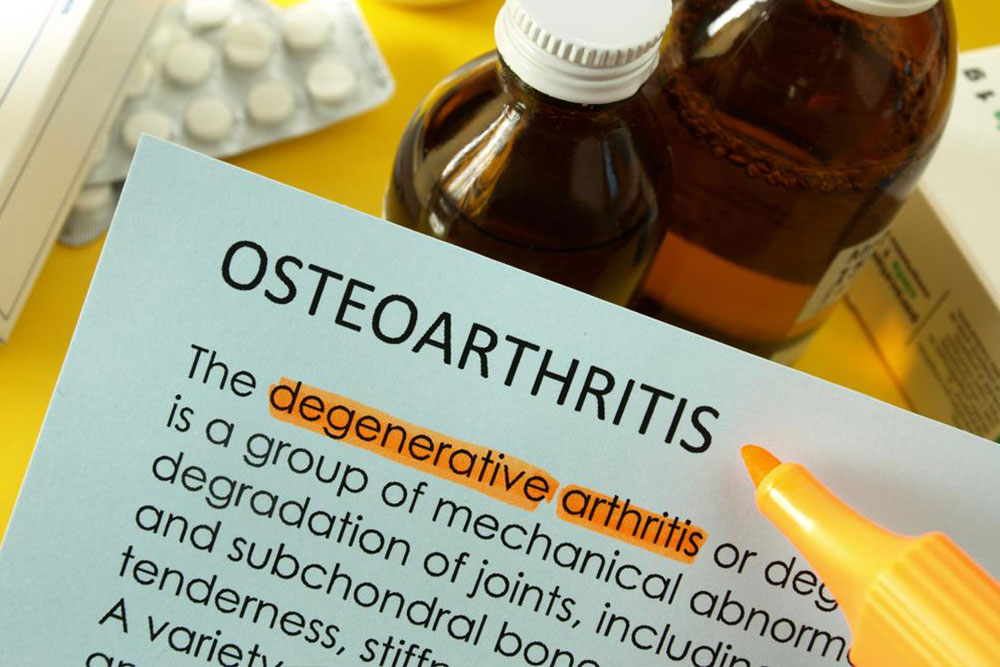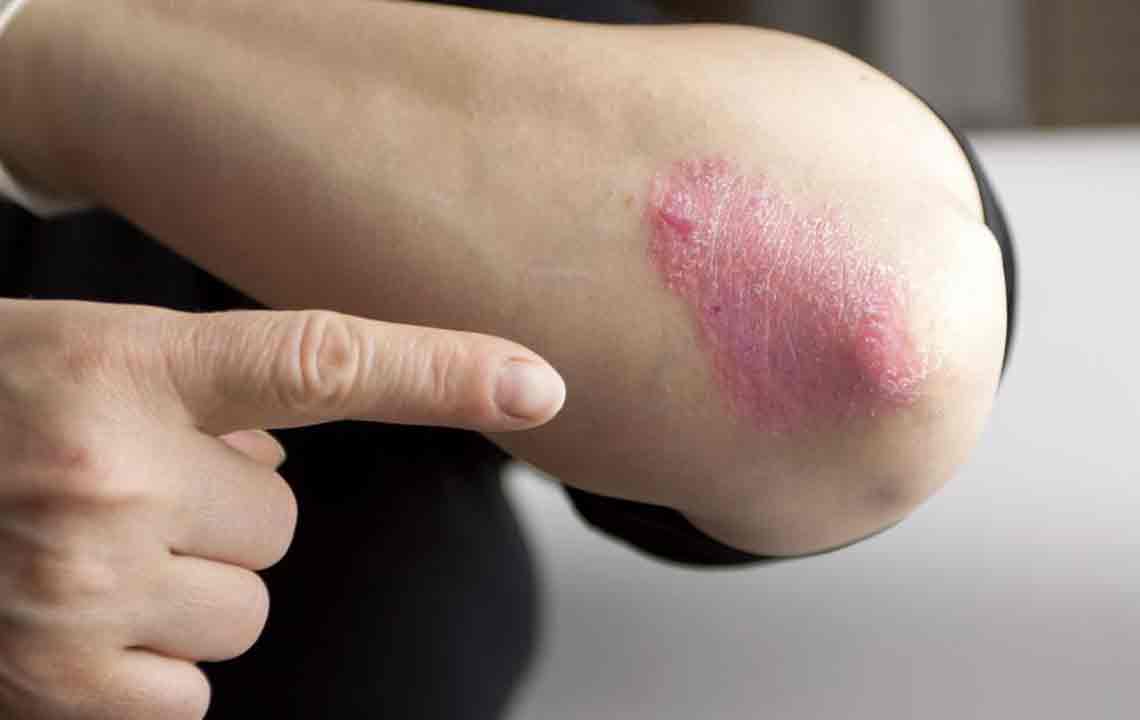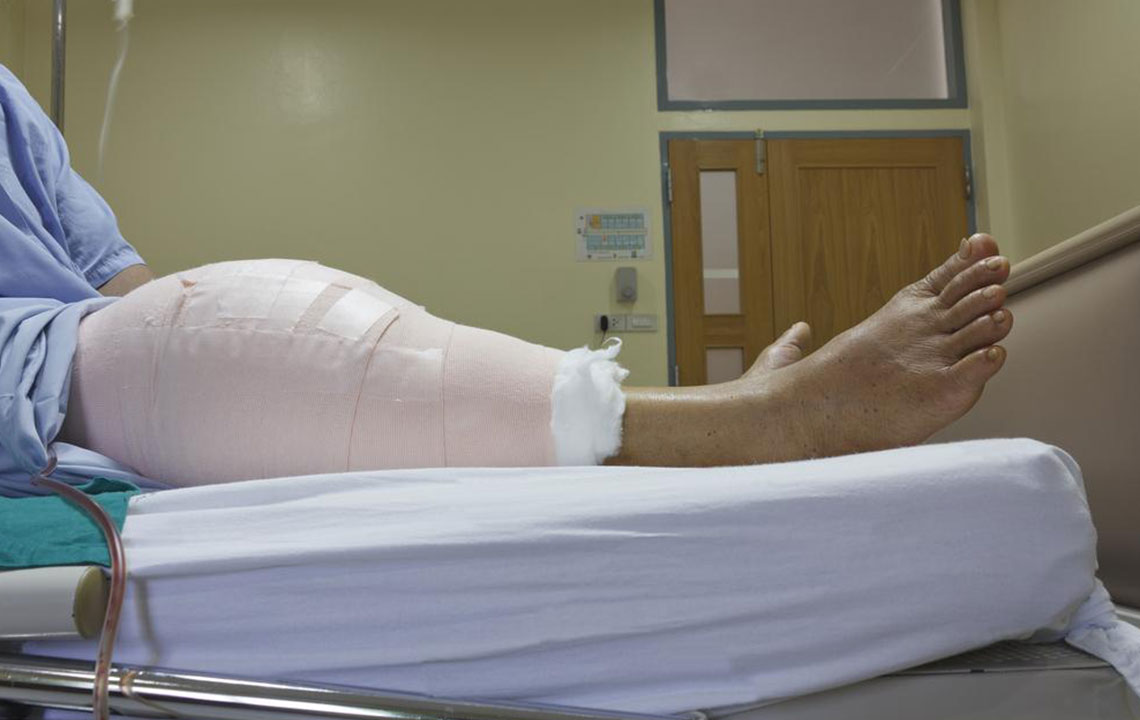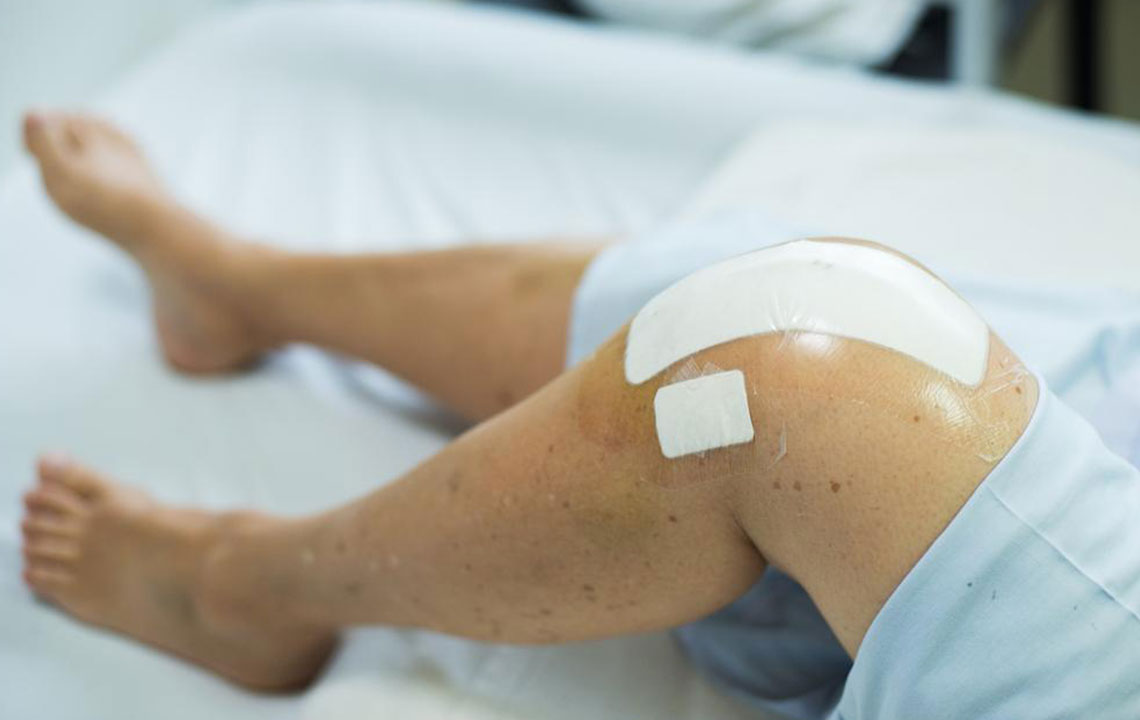Top 6 Treatment Strategies for Managing Hemophilia
Discover the six primary treatment options for hemophilia, including clotting factor replacement, immune therapy, surgery, and more. Learn how these strategies can help manage symptoms, prevent joint damage, and improve quality of life for individuals with this rare bleeding disorder. The article emphasizes a comprehensive approach involving medical interventions and physical therapy to effectively handle hemophilia's challenges.
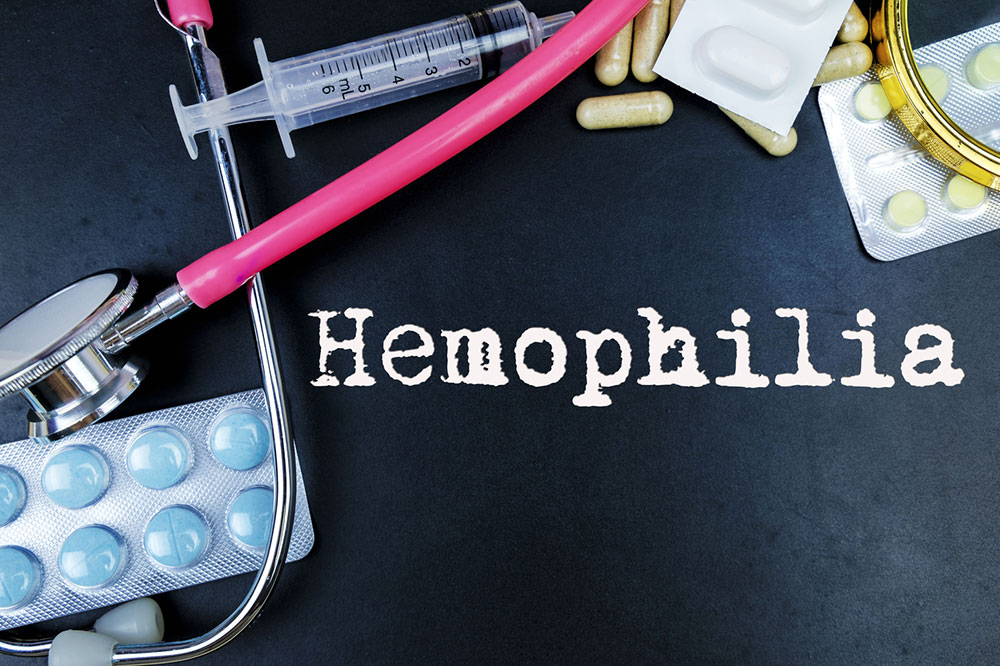
Top 6 Treatment Strategies for Managing Hemophilia
Hemophilia is a rare genetic disorder characterized by a lack of blood-clotting proteins, leading to prolonged bleeding episodes. While it cannot be cured, several effective treatment options help control symptoms and prevent complications.
Clotting Factor Replacement
Severe hemophilia is managed by replacing missing clotting factors via intravenous infusions. These can be administered during bleeding episodes or regularly at home to reduce bleeding risks. Replacement products may be derived from donated blood or manufactured synthetically.
Immune Tolerance Therapy
For patients with inhibitors against clotting factors, immune tolerance induction involves daily injections to teach the immune system to stop producing inhibitors. This approach is primarily used in hemophilia A cases with severe immune responses.
Surgical Intervention
Hemophilia often causes joint bleeding, damaging cartilage and lining tissues. Surgery may be necessary to remove damaged synovium or perform joint replacement in advanced cases, restoring joint function and reducing bleeding risk.
Hormonal Treatment
Mild hemophilia can be managed with hormones like desmopressin, which stimulates the body to produce more clotting factors. It can be administered via injection or nasal spray to alleviate symptoms.
Blood Clot Stabilizers
Medications that promote blood clot stability, such as fibrin sealants, are used under medical supervision to prevent clot breakdown at injury sites, promoting healing and reducing bleeding episodes.
Rehabilitative Physical Therapy
For joint damage caused by internal bleeding, physical therapy aids in pain relief and joint function. It is most effective in mild cases and often complements primary treatments, though severe damage may require surgery.
Important Note:
The information on our platform covers diverse topics to provide helpful insights. However, it shouldn't replace professional medical advice. Always consult healthcare providers for accurate diagnosis and tailored treatment plans. We disclaim responsibility for discrepancies or outdated data across sources.

